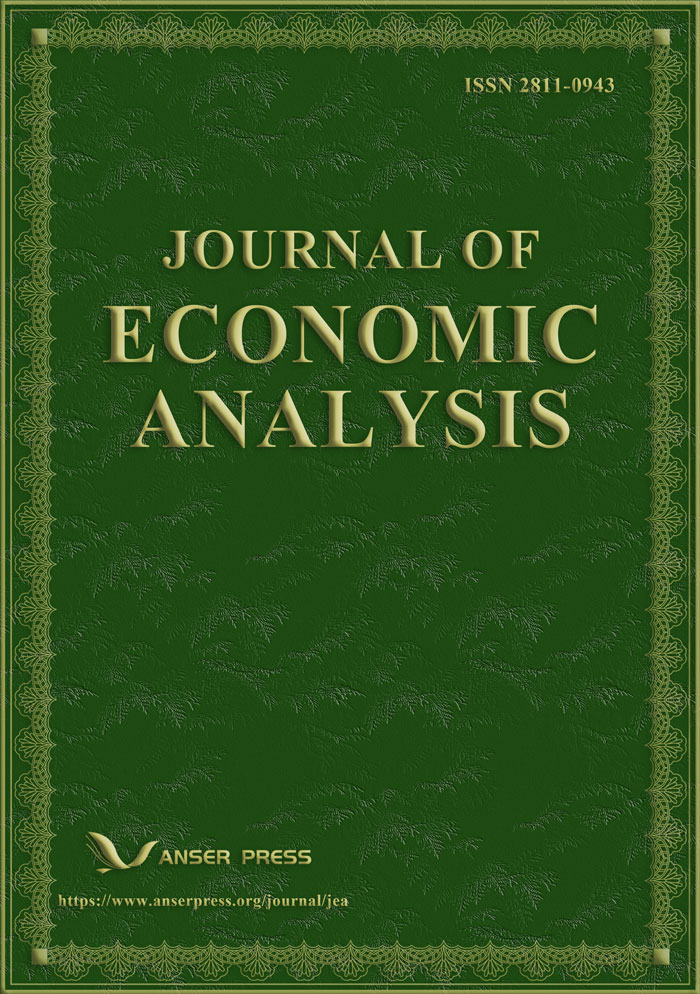A Study of Hierarchical Risk Parity in Portfolio Construction
Abstract
The construction and optimization of a portfolio is a complex process that has been a historically active research area in finance. For portfolios with highly correlated assets, the performance of traditional risk-based asset allocations methods such as the mean-variance (MV) model is limited when numerous assets are correlated. A novel clustering-based asset allocation method, called Hierarchical Risk Parity (HRP), provides an opportunity to mitigate these limitations in portfolio construction. HRP utilizes the hierarchical relationships between the covariance of assets in a portfolio to determine weight distributions, eliminating the need for the inversion of the covariance matrix that is required by most traditional risk-based asset allocation methods. This research examines the viability of Hierarchical Risk Parity (HRP) method in portfolio construction of a US equity portfolio and compares the performances of HRP to traditional asset allocation methods exemplified by the mean-variance (MV) method. The results of this research show that the performance of the HRP method is comparable to the performance of the MV method. Given these findings, HRP provides an advantageous approach for portfolio construction in practical scenarios where correlated assets are present in the portfolios.
Cite This Paper
Palit, D., & Prybutok, V. R. (2024). A Study of Hierarchical Risk Parity in Portfolio Construction. Journal of Economic Analysis, 3(3), 68. doi:10.58567/jea03030006
Palit, D.; Prybutok, V. R. A Study of Hierarchical Risk Parity in Portfolio Construction. Journal of Economic Analysis, 2024, 3, 68. doi:10.58567/jea03030006
Palit D, Prybutok V R. A Study of Hierarchical Risk Parity in Portfolio Construction. Journal of Economic Analysis; 2024, 3(3):68. doi:10.58567/jea03030006
Palit, Debjani; Prybutok, Victor R. 2024. "A Study of Hierarchical Risk Parity in Portfolio Construction" Journal of Economic Analysis 3, no.3:68. doi:10.58567/jea03030006
